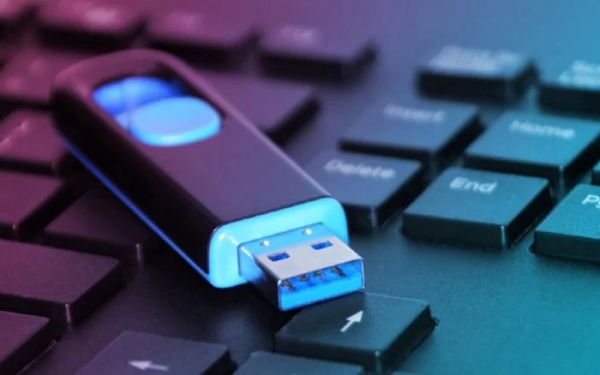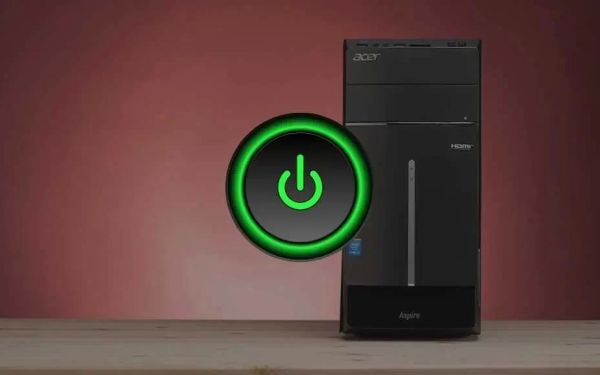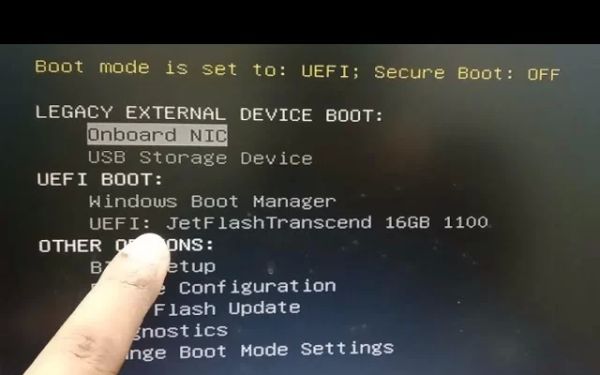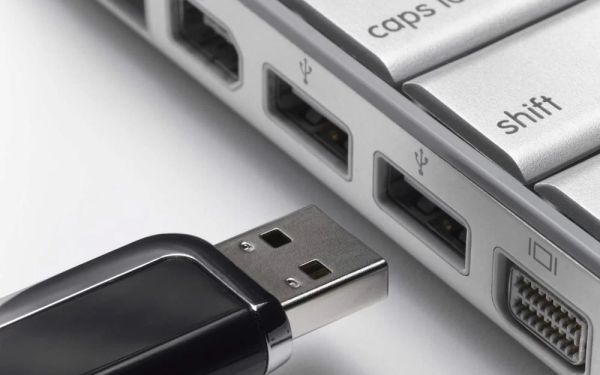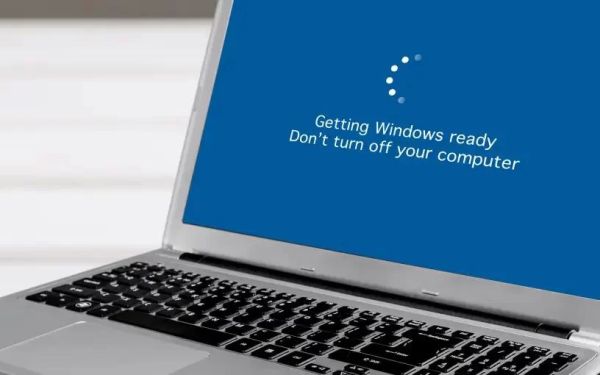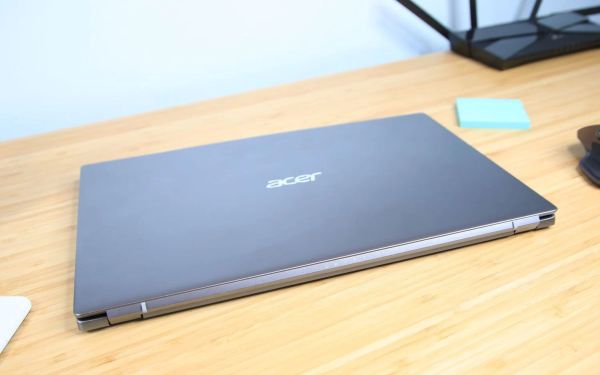Troubleshooting Boot Problems on Your Laptop: A Step-by-Step Guide
- Introduction to Laptop Boot Problems
- Common Laptop Boot Issues and Their Solutions
- Advanced Troubleshooting for Boot Issues
- Real-Life Examples of Laptop Boot Problems
- When to Seek Professional Help
Introduction to Laptop Boot Problems
Laptop boot problems can be a frustrating experience, especially when you're in a rush to get work done or access important files. These issues can range from minor glitches to major system failures, and understanding how to troubleshoot these problems can save you time and money. In this article, we’ll explore the most common boot problems that laptops experience and provide you with effective solutions to get your laptop running smoothly again. We’ll also walk through more advanced troubleshooting steps for those persistent issues that just won’t go away.
Common Laptop Boot Issues and Their Solutions
Booting issues can arise for various reasons, but some of the most common ones include hardware failures, software conflicts, or corrupt system files. Here are some of the most frequent boot problems encountered on laptops and their solutions:
1. Laptop Stuck on BIOS/Startup Screen
If your laptop freezes on the BIOS or startup screen, the issue could be related to your hardware or BIOS settings. Start by ensuring all external devices (USB drives, external hard drives, etc.) are unplugged. If the issue persists, try resetting your BIOS to default settings by removing the CMOS battery or using a dedicated BIOS reset jumper on your laptop’s motherboard.
2. “Operating System Not Found” Error
This error often occurs when the laptop cannot detect the hard drive or if the boot order is misconfigured in the BIOS. To resolve this, access the BIOS settings and ensure your primary hard drive is listed as the first boot device. If the problem continues, you may need to check the physical connection of your hard drive or reinstall the operating system.
3. Laptop Booting into Safe Mode
If your laptop is stuck in Safe Mode, it could indicate a software issue or a failed driver update. To fix this, restart your laptop and press F8 before the operating system starts loading. Select "Start Windows Normally" to bypass Safe Mode. If the problem keeps occurring, try uninstalling recent software updates or performing a system restore to a previous point when the laptop worked fine.
Advanced Troubleshooting for Boot Issues
In some cases, the common solutions won’t fix your laptop’s boot problems, and more advanced troubleshooting steps will be necessary. Here are some strategies for diagnosing and fixing persistent boot issues:
1. Use System Repair Tools
Many modern laptops come with built-in repair tools that can automatically fix certain issues preventing the system from booting properly. Use the "Startup Repair" option if you're using Windows or run Disk Utility if you're on macOS. These tools can detect and fix common problems such as missing or corrupted system files that could be causing the boot failure.
2. Boot from External Media
If your laptop isn’t booting from its internal drive, consider booting from a USB drive or external hard drive with a bootable operating system. This can help you isolate the problem—if the laptop boots successfully from external media, the issue likely lies with your internal drive or operating system.
3. Check for Hardware Issues
Persistent boot issues may be caused by faulty hardware, such as a failing hard drive, damaged RAM, or overheating components. Run hardware diagnostics available in your laptop’s BIOS or use third-party tools to check the health of your hardware components. If a hardware issue is detected, consider replacing the faulty part.
Real-Life Examples of Laptop Boot Problems
Many laptop users face boot problems that seem insurmountable at first, but with the right approach, these issues can be resolved. Here are some real-life examples:
1. Sarah’s Laptop Stuck on the BIOS Screen
Sarah, a freelance writer, found her laptop stuck on the BIOS screen after a power surge. She followed the troubleshooting steps we discussed, removing all peripherals and resetting the BIOS settings. Once she reset the BIOS to its default settings, her laptop booted up without any issues.
2. John’s “Operating System Not Found” Error
John, a college student, faced the frustrating “Operating System Not Found” error. After ensuring the hard drive was recognized in BIOS and adjusting the boot order, the issue persisted. After checking the hard drive connection and reinstalling the OS, his laptop was back in action.
When to Seek Professional Help
While many boot problems can be fixed with basic troubleshooting, some issues may require professional attention. If you’ve tried all the common and advanced troubleshooting steps and your laptop is still not booting, it might be time to seek help from a professional technician. They can diagnose hardware failures or deep-rooted software issues that you may not be able to resolve on your own.
If you’re looking for expert guidance and support for your laptop boot problems, visit Ninja Stik. They offer a range of solutions for diagnosing and fixing common laptop issues. Click here to learn more and get professional help today!

